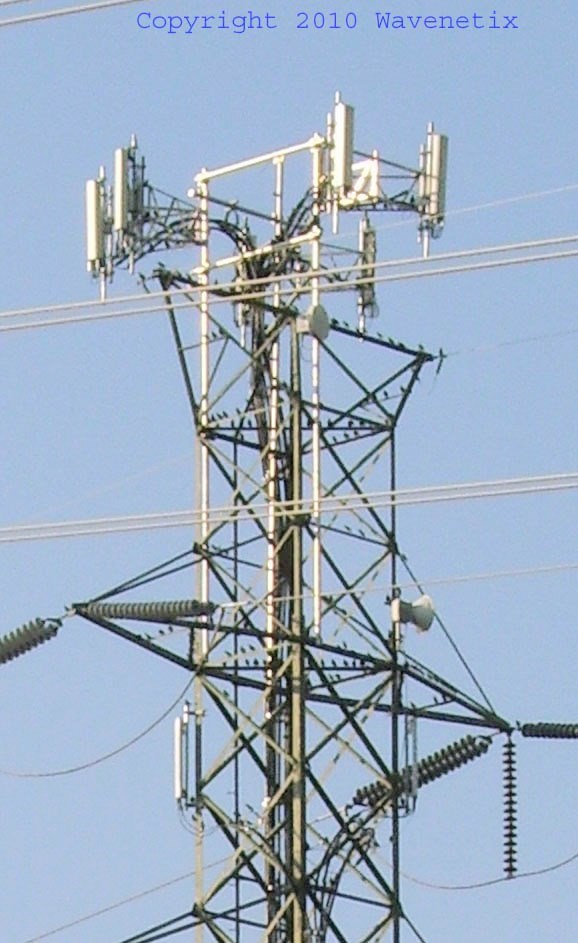
Staring into future:
The Vision Thing

The business and technology of cellular network optimization are undergoing rapid changes driven mainly by the amazing and incessant progress in computing technology.
- Modulation and multiple access have become significantly more complex and adaptable since the simple times of GSM — modern radio access interfaces, such as HSPA and OFDMA-based 4G technologies, provide great flexibility for link adaptation based on real-time conditions.
- It is possible to optimize several parameters in real time, maximizing capacity and minimizing interference. Online optimization will use input data provided by mobiles and basestations.
- Wideband signals enable better accuracy of network-based mobile positioning, which is helpful for obtaining complete signal propagation data.
- Proliferation of indoor and outdoor small and distributed cells will depend on the success of self-optimizing systems.
- Emphasis on MIMO and distributed cells as means to increase system throughput asks for detailed analysis of multipath channel propagation characteristics. This is one area where drive-testing will remain essential for troubleshooting and laboratory testing of mobile terminals.
Current SON offerings comprise mostly the self-organizing part; the optimization tool vendors are initially addressing the automation tasks, meanwhile providing helpful API interfaces for third-party optimization tools. Not much progress has been reported on obtaining reliable signal measurements.
© 2010-2014 Wavenetix Corp. Longear is a trademark of Wavenetix Corp. All other trademarks or registered trademarks belong to their respective owners.